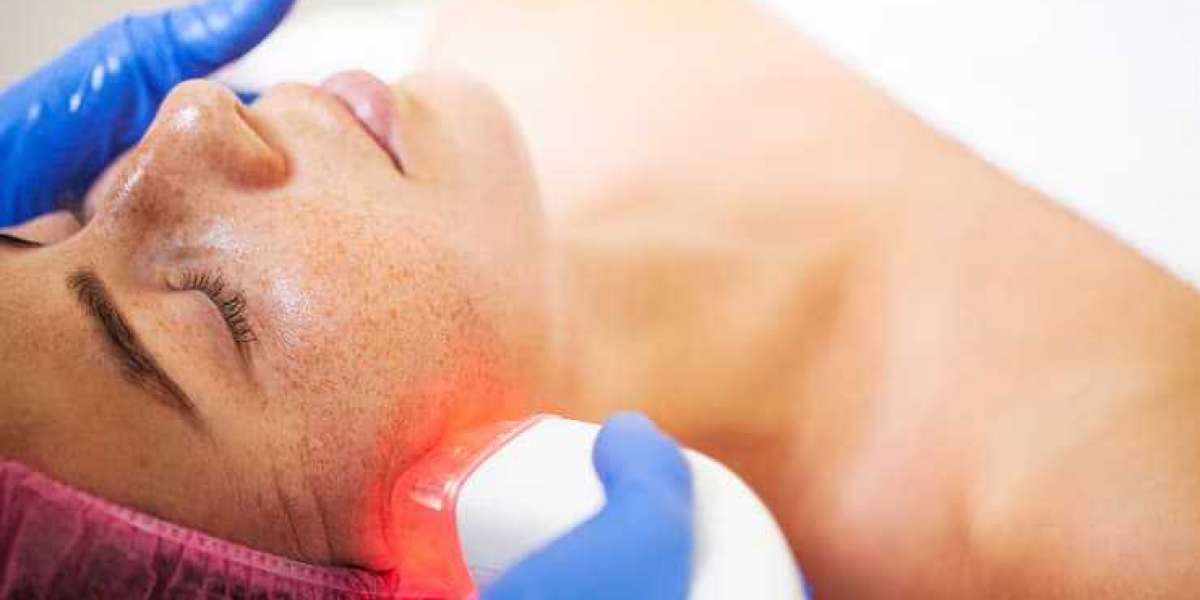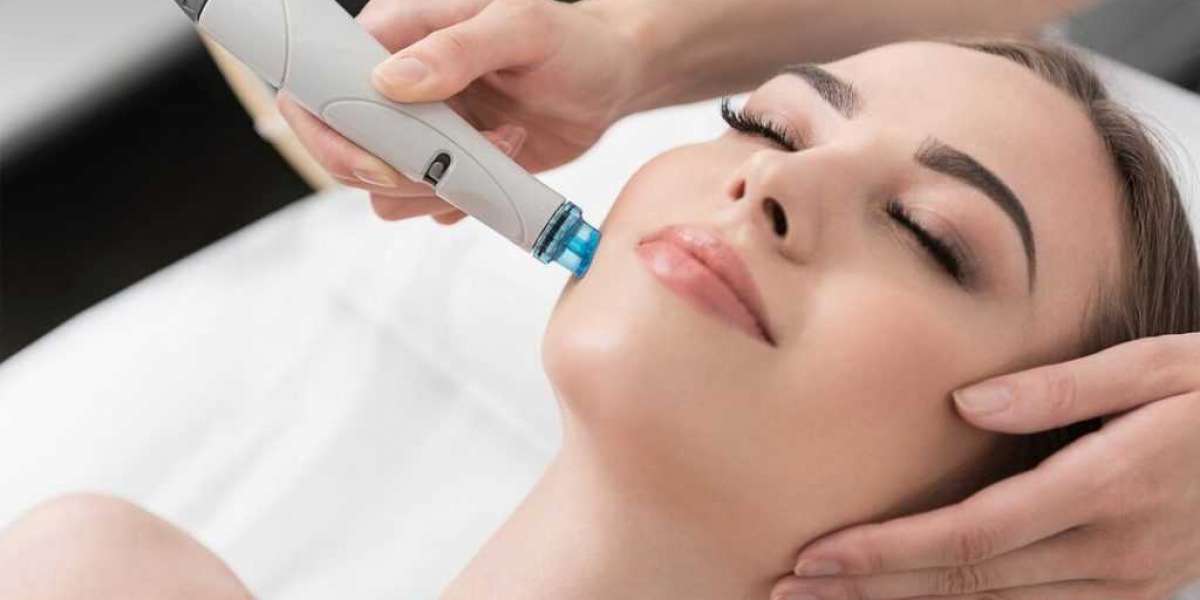In the realm of cosmetic dermatology, the quest for clear, even-toned skin has never been more prominent. Many individuals in London are turning to laser pigmentation removal as a solution to address various skin concerns, including sunspots, age spots, and melasma. With the increasing demand for skin rejuvenation treatments, understanding the nuances of this procedure is essential for anyone considering it. This article delves into the intricacies of laser pigmentation removal, offering insights into the process, expectations, and aftercare involved.
Understanding Skin Pigmentation
Before diving into the specifics of laser pigmentation removal, it is important to grasp the concept of skin pigmentation itself. Skin pigmentation refers to the color of the skin, primarily determined by melanin, which is produced by melanocytes. Various factors can lead to pigmentation irregularities, including excessive sun exposure, hormonal changes, and aging. These conditions can manifest as dark spots or patches on the skin, often causing individuals to seek effective treatment options.
The desire for uniform skin tone and texture drives many to explore laser treatment options. Unlike traditional methods, such as topical creams or chemical peels, laser treatments target pigmentation at a deeper level, often yielding more lasting results.
The Mechanism Behind Laser Pigmentation Removal
Laser pigmentation removal utilizes concentrated beams of light to target and break down melanin deposits in the skin. The procedure works by delivering high-intensity light pulses that penetrate the skin and heat the melanin without damaging the surrounding tissues. This process stimulates the body’s natural healing response, leading to the gradual shedding of pigmented cells.
There are several types of lasers used in pigmentation removal, including:
Ablative Lasers: These lasers remove the outer layers of skin, making them effective for deeper pigmentation issues. They promote new skin regeneration and can improve skin texture.
Non-Ablative Lasers: These lasers penetrate the skin without removing the outer layer. They are less invasive and typically require little to no downtime, making them suitable for milder pigmentation cases.
The choice of laser will depend on the individual's skin type, the depth of pigmentation, and the practitioner’s expertise. Consulting with a qualified dermatologist is crucial for determining the most appropriate laser for each unique situation.
The Consultation: Setting Expectations
Before undergoing laser pigmentation removal in London, potential patients should schedule a consultation with a certified practitioner. This meeting serves as an opportunity to discuss individual skin concerns, medical history, and treatment goals. During the consultation, the practitioner will assess the pigmentation issues and recommend a tailored treatment plan.
It is essential to have an open dialogue during this stage, as patients should feel comfortable expressing their expectations and any apprehensions they may have. The practitioner will explain the procedure, including what to expect before, during, and after treatment, ensuring that patients are adequately informed.
Preparing for the Treatment
Preparation is key when it comes to maximizing the effectiveness of laser pigmentation removal. Once a treatment plan has been established, patients may receive specific instructions to follow in the days leading up to the procedure. Common recommendations include:
Avoiding Sun Exposure: Protecting the skin from the sun’s harmful rays is crucial, as tanned skin can increase the risk of complications during the treatment.
Refraining from Blood Thinners: Patients may be advised to avoid medications or supplements that can thin the blood, such as aspirin or vitamin E, to minimize the risk of bruising.
Skin Care Regimen: Practitioners may recommend using gentle cleansers and avoiding harsh exfoliants or retinoids in the days leading up to the treatment.
These preparatory steps help create the ideal conditions for the procedure, enhancing the chances of successful outcomes.
The Treatment Day: What to Expect
On the day of the laser pigmentation removal, patients will arrive at the clinic and be greeted by the staff. After a brief check-in process, they will be escorted to a private treatment room. The practitioner will ensure that all questions are answered and that the patient feels comfortable before proceeding.
Once the treatment begins, a topical anesthetic may be applied to minimize any discomfort during the procedure. Patients often report sensations similar to a rubber band snapping against the skin, though this varies depending on individual pain tolerance.
The duration of the treatment will depend on the size of the area being treated. Generally, sessions last anywhere from 30 minutes to an hour. After the treatment, patients may experience mild redness and swelling, which is a normal response to the laser’s heat. These effects typically subside within a few hours to a couple of days.
Post-Treatment Care: Ensuring Optimal Results
After laser pigmentation removal, proper aftercare is essential for achieving the best results. The practitioner will provide detailed instructions on how to care for the treated area, which may include:
Sun Protection: Patients should avoid direct sun exposure and use a broad-spectrum sunscreen to protect the healing skin. This step is vital as the skin will be more sensitive to UV rays following treatment.
Gentle Cleansing: It is important to cleanse the treated area with a mild cleanser and avoid exfoliating products for a few days.
Moisturization: Keeping the skin hydrated is crucial for healing. Patients may be advised to use a soothing moisturizer or healing ointment.
Avoiding Strenuous Activities: To reduce the risk of irritation, patients should refrain from intense workouts or activities that cause excessive sweating for a few days post-treatment.
Following these guidelines will help minimize complications and promote optimal healing, allowing patients to enjoy the benefits of their treatment.
Expected Results and Timeline
One of the most exciting aspects of laser pigmentation removal is the potential for significant improvements in skin tone and texture. However, results can vary based on factors such as the depth of pigmentation, skin type, and individual healing response.
Many patients notice improvements within a few weeks, as the treated areas begin to heal and the pigmentation gradually fades. For optimal results, multiple sessions may be required, especially for deeper pigmentation issues. Practitioners typically recommend spacing treatments several weeks apart to allow the skin ample time to recover.
It’s important for patients to maintain realistic expectations; while laser treatments can yield remarkable results, they may not completely eliminate all pigmentation in one session. Continuous sun protection and a good skincare routine will play a critical role in sustaining the results over time.
Choosing the Right Clinic in London
With the rise in popularity of laser pigmentation removal, it is essential for individuals to choose the right clinic to ensure safety and effective outcomes. Prospective patients should look for clinics that prioritize patient care, employ qualified practitioners, and utilize advanced technology.
Researching online reviews, asking for recommendations, and inquiring about the clinic's experience with pigmentation removal can help narrow down the options. Many clinics also offer consultations, allowing potential patients to gauge the professionalism and expertise of the staff before making a decision.
The Future of Laser Pigmentation Removal
As technology advances, the field of dermatology continues to evolve. Innovations in laser technology have led to more precise treatments, reduced recovery times, and improved patient comfort. New techniques and laser modalities are being developed, offering enhanced results for individuals struggling with pigmentation issues.
Moreover, as societal attitudes towards cosmetic procedures continue to shift, more individuals are feeling empowered to seek treatments that enhance their appearance and boost their confidence. This cultural acceptance is likely to spur further advancements and accessibility in the field of laser pigmentation removal.
Conclusion
In summary, laser pigmentation removal in London presents an effective solution for individuals seeking to address skin pigmentation issues and achieve a clearer, more even complexion. By understanding the procedure, preparing adequately, and following post-treatment care instructions, patients can embark on their journey toward healthier skin with confidence.
For those considering this transformative procedure, Este Medical Group stands out as a trusted option, committed to providing exceptional care and results. Don’t wait any longer to achieve the radiant skin you desire—contact Este Medical Group today to schedule your consultation and take the first step toward a more confident you!







